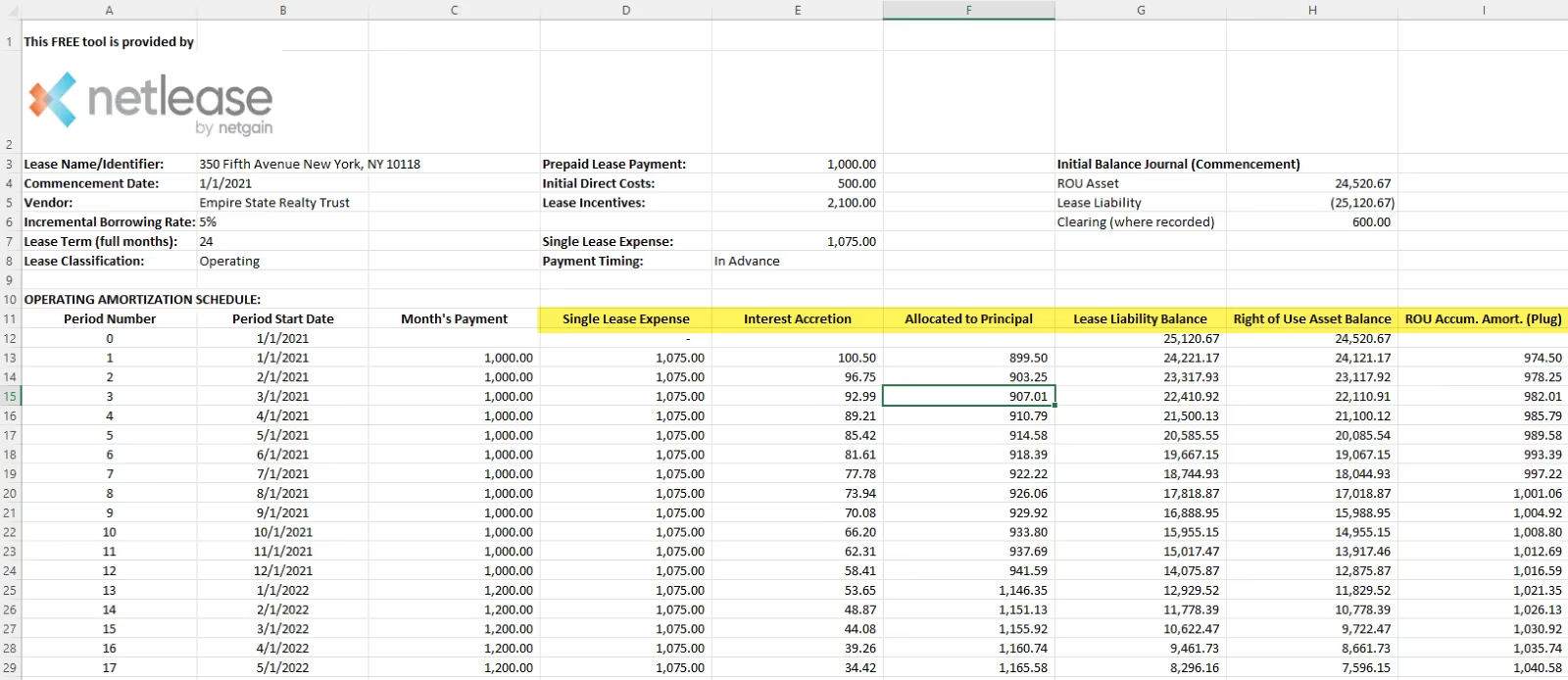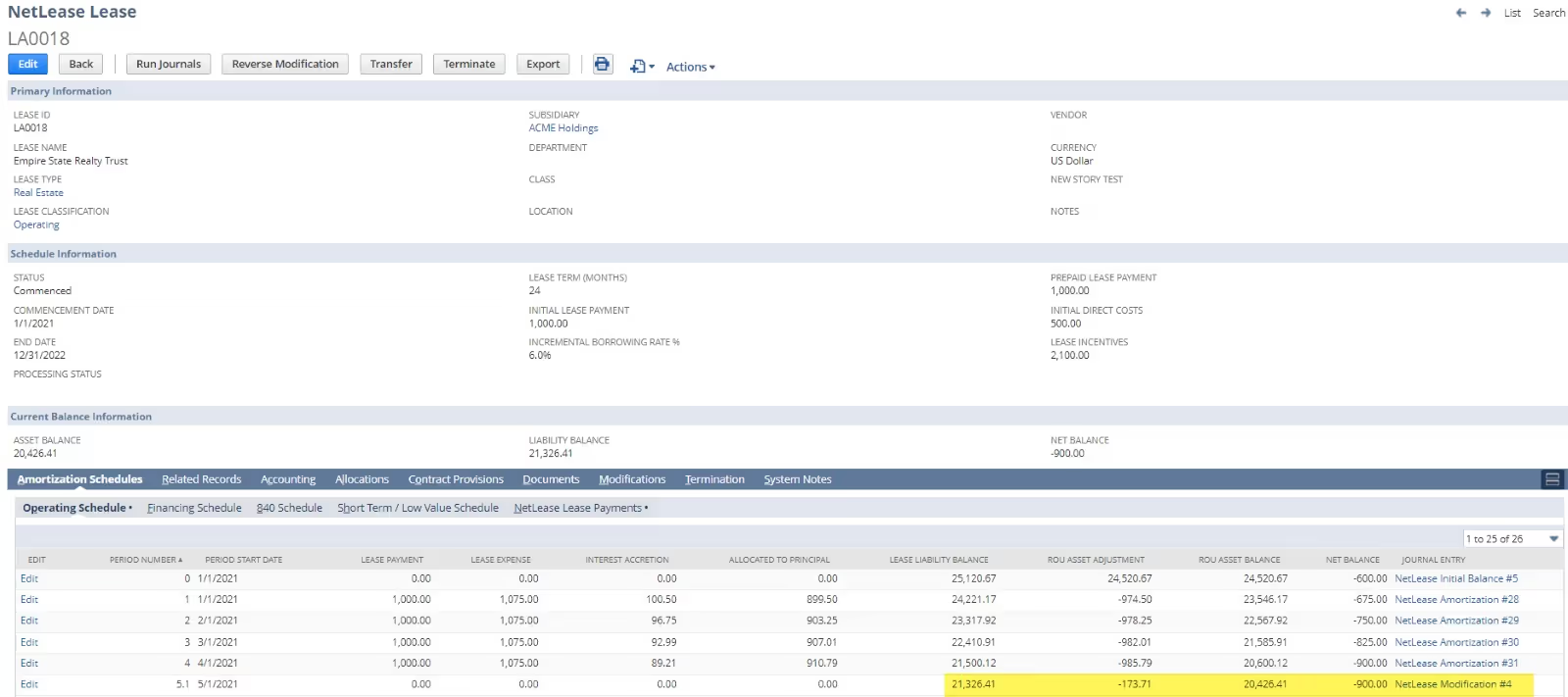With this year being the ASC 842 adoption year for private companies, many are experiencing the challenge of how to accurately account for leases under the new standard.
Last year, we published a detailed article that explains how to create a lease schedule in Excel. We even have a free template to calculate your lease amortization schedules you can download.
It is possible to adopt ASC 842 with spreadsheets, but it’s not easy.
That’s why we strongly recommend investing in a software-lease accounting solution.
As an accountant, I know there is often so much to do and little time to do it all. Trying to keep the books clean, stay on top of deadlines and put out all the fires that come up daily is not easy. It usually leaves you scrambling at the last minute to take care of the things you’ve been putting off for a while—like updating your lease spreadsheets. When you’re clambering to get the books closed on time or rushing to get ready for an audit or an IPO, trying to figure out how to modify or update your lease spreadsheets is the last thing you want to do.
Under the new lease-accounting standard, ASC 842, almost all leases are required to be tracked on the balance sheet through an ROU asset and lease liability. The calculation of these balance-sheet items is done through a complex amortization schedule. Creating and maintaining this schedule requires extensive knowledge of the new standard.
There are several steps to creating an ASC 842-compliant amortization schedule:
- Determine the lease classification—is your lease operating or financing?
- Gather key information about your lease—lease-commencement date, incremental borrowing rate, lease term and initial monthly payment.
- Consider whether there are any prepaid lease payments, initial direct costs, lease incentives or escalating lease payments.
- Determine payment timing—will it be in advance or in arrears?
- Consider any lease renewal options, early-termination options, expansion options, etc. How likely are you to exercise these options?
All these variables impact the lease-amortization schedule and must be accounted for correctly.

If you have an operating lease, you will need to calculate:
- Monthly lease expense
- Interest accretion
- Lease-liability reduction
- Right of Use Asset
- Right of Use Asset Accumulated Amortization

If you have a financing lease, there is an added complexity—the monthly lease expense is split into Right of Use Asset Amortization Expense and Interest Expense.

Performing lease modifications in Excel
Getting the inputs right and creating the schedule at the beginning of the lease are just the first steps. At some point during the life of the lease, you’ll likely need to modify or terminate the lease.
Lease modifications can include changes to the lease term, monthly payments, incremental borrowing rate, right of use asset, lease liability, etc. Before performing a modification, you must first understand what types of modifications are allowed under the new standard. Then you need to understand what impact they will have on your amortization schedule to update and manipulate the schedule accordingly. Lease modifications in Excel require a whole new set of inputs—it should only impact the schedule prospectively. Modifications can make your Excel schedule messy and prone to broken formulas or miscalculated variables.
With so many moving parts, there is an enormous amount of room for human error. From accidentally using the wrong formula to misinterpreting the lease accounting standard—trying to stay ASC 842 compliant through manual spreadsheets is a steep mountain to climb.
The software solution
This is where a software solution comes in. NetLease can streamline and automate lease accounting from the commencement of the lease all the way through to termination. It can:
- Determine the lease classification
- Generate the amortization schedule
- Calculate the ROU Asset and Lease Liability as well as any expenses related to the lease
- Process lease modifications, lease renewals and early terminations
- Automate and post all journal entries related to the lease based on the amortization schedule generated
- Integrate with accounts payable to connect monthly lease payments with the monthly amortization entries

At the beginning of the lease, you simply enter the basic lease information into the system. You tell it the commencement date, the lease term, the monthly payment amount, the incremental borrowing rate and any other information that is relevant to your lease. The system will generate the amortization schedule based on those inputs. Then the lease is commenced, and you can begin running journal entries on the lease. When you need to modify or terminate a lease, you simply go to the lease record, click Modify Lease, enter the updated inputs (such as a new incremental borrowing rate) and then process the modification. The system will take the new input(s) and update the amortization schedule accordingly. It will also post any necessary journal entries related to the modification. This is a much better process for when you’re in a time crunch.
NetLease makes the Mount Everest of lease accounting feel like a walk in the park. Not only does it ease the burden of the manual process, but it removes the possibility of broken formulas and misinterpreted guidance.
Bottom line
Any accountant willing to put in the time can absolutely transition to ASC 842 on spreadsheets; however, we and anyone else who has done it will discourage you from using spreadsheets in favor of the simplicity of a streamlined software solution. You can save time, prevent headaches, reduce the risk of error and get peace of mind knowing you are ASC 842 compliant with a tested, trusted lease-accounting solution.
.avif)
.avif)



.avif)